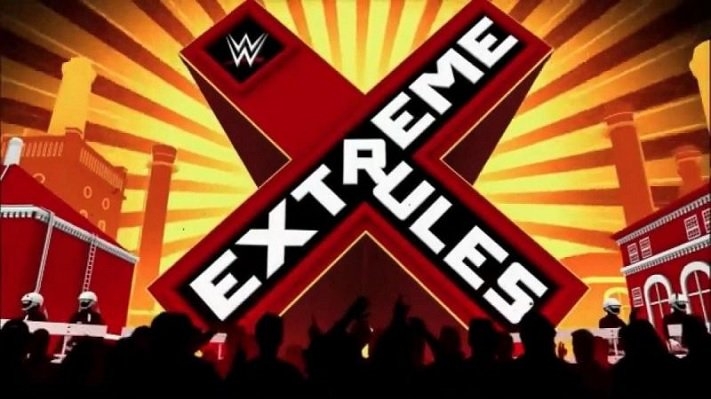
Extreme Rules has given us a lot of very memorable matches over the years. From Chris Jericho versus Dean Ambrose in an asylum match (the most extreme of extreme matches – so many tacks!) to seeing AJ Styles compete for his first WWE Championship opportunity. A few weeks ago, I watched my first ECW pay-per-view, and all I thought was, “wow, that’s some hardcore, extreme wrestling.” With that in mind, I wanted to take a walk down memory lane, and visit the history of Extreme Rules.
Extreme Rules Match
First off, what is an extreme rules match? Extreme rules matches are essentially hardcore matches, where in traditional match rules do not apply. For example, there are no disqualifications, no count outs, and an assortment of objects used during the match are completely legal. The term, and idea, originally started out as a “no holds barred” match, that eventually morphed into the hardcore wrestling style of the 80’s and 90’s. ECW (Extreme Championship Wrestling) were the first to coin the term “hardcore wrestling,” according to Wikipedia. But it was not meant to represent intense violence or injury. It was meant to embody a lack of filler stories, high effort and work ethic by the wrestlers, and their dedication to the fans.
When is it used?
Other promotions use this match style regularly, whereas WWE holds it to use specifically for the conclusions of certain feuds or for emphasis during their pay-per-view event, Extreme Rules. WWE has had some version of an extreme rules match since 2005. In 2005, a show called One Night Stand was meant to be used as an ECW reunion show. Extreme Rules was said to be in this same line of events, though the name had changed in 2009. Now, however, WWE reports that Extreme Rules has had 10 official Extreme Rules pay-per-views, which then would not include the events from 2005-2006.
Coming up
2018’s event held from PPG Paints Arena in Pittsburgh, PA is the last event before SummerSlam, I anticipate we will see several titles changes and builds to larger feuds leading to the 2nd largest pay-per-view of the year.
